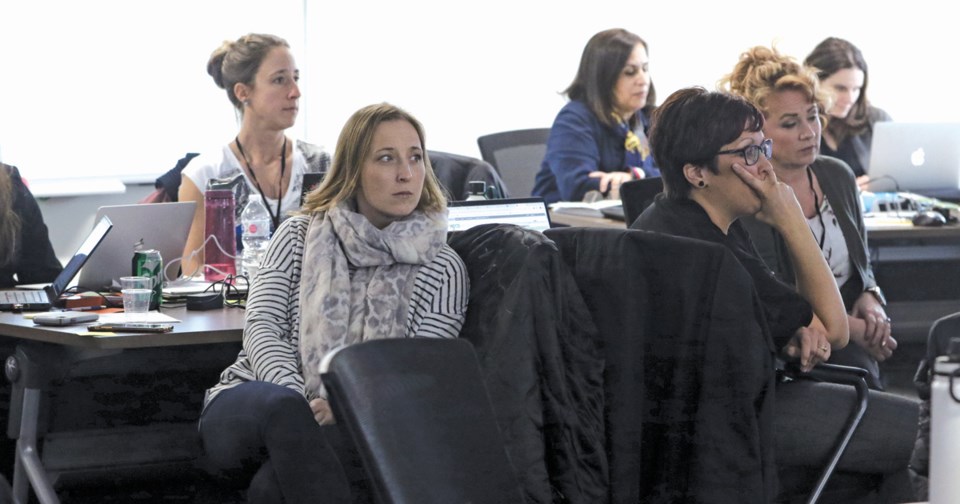HUMBOLDT — A new guide aimed at providing Saskatchewan teachers with the best practices to teach math is being created right here in Humboldt.
Since 2013, the province has had an education sector strategic plan that aims to have 80 per cent of students reading, writing and doing math at grade level, as well as have 85 per cent of students graduate on time by the end of 2020.
The first focus was on reading. The best thinkers and teachers gathered together to create a common understanding on the best way to teach reading based on high quality, research based data.
The result of that work was SaskReads, an online reference that the province’s teachers can refer to that helps them follow the best strategies to teach students how to read.
“That particular initiative was so successful, that now we've looked at if we can do the same thing for math,” said Katherine Oviatt, Horizon School Division’s supervisor of literacy, early learning services and numeracy. “It's not a duplication of the document, but it's a duplication of the process.”
As part of the execution of the education sector strategic plan, the senior leaders within the province’s education sector took ownership of certain aspects of the plan. It was Kevin Garinger, Horizon’s director of education, that took ownership of the math guide, which is being called SaskMath. As a result, the meetings to create the guide have been taking place at Horizon’s central office.
Around 50 people met the week of Feb. 24, where they spent most of their time creating a common understanding about what SaskMath could look like
“We spent some time sharing the best resources from across the province that have been created by experts from every school division. Some of it was done collaboratively, some of it was done independently,” Oviatt said.
“We have our foundation, we know what we're all about and everybody's on the same page. Now we're sinking our teeth into the nitty gritty of the work. I'd say we're well on our way, but we have a lot of work still left to do.”
Now those that have met have been separated into subgroups that will be responsible for selecting the best methods to teach math.
“We don't want a cumbersome 5,000-page document at the end of the day,” Oviatt said. “We want something that's very succinct and usable for teachers.”
Oviatt said that one of the items that set SaskMath apart is its goal to incorporate First Nations ways of knowing into the guide.
“Historically, First Nation people and Métis people have always done math, they just haven't done it in a Eurocentric way.”
The numeracy supervisor said in the coming months, they will be consulting with First Nations to determine the best way of doing that in a meaningful manner.
The goal is to have SaskMath ready for the new school year in September. After the guide is created, the plan is to keep updating it to reflect the latest research and practical knowledge.




